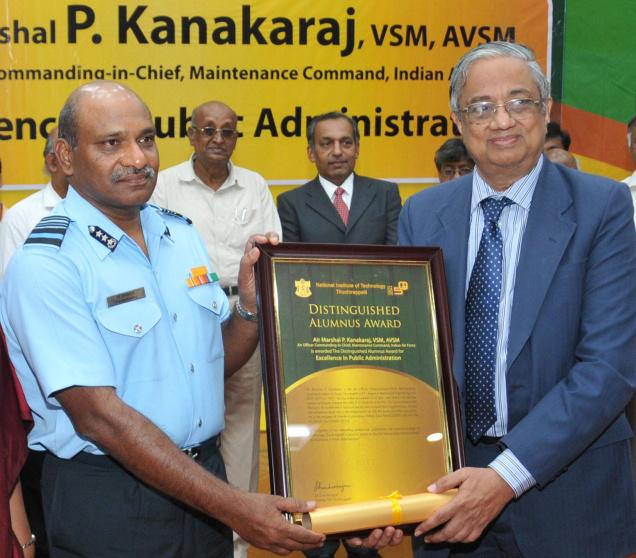Madurai :
The leafy Kakkan Street in Shenoy Nagar here is an exception as most city streets are devoid of greenery. The neem tree-lined street is notable for big bungalows beside it. The street, which is named after dalit and Congress leader P Kakkan (1905-1981), runs parallel to Vaidynatha Iyer Street which is named after the social reformer who led the dalits into Meenakshi temple.
Kakkan, who was Iyer’s disciple, belonged to Thumbaipatti near Melur. He was minister for home affairs, agriculture and public works in K Kamaraj’s government. He was instrumental in constructing dams like Vaigai and establishing agricultural colleges across the state. Kakkan retired from politics after losing the assembly election in 1967. He is remembered for his austerity and integrity. He didn’t accumulate wealth and died a poor man.
Kakkan’s younger brother P Vadivelu (79) recalled an incident from his life. “When Kamaraj was collecting funds for the 1962 Sino-India War, Kakkan took me to the podium and asked me to donate my gold chain,” he said. Jawaharlal Nehru had awarded Vadivelu that gold chain for winning a medal in an athletic meet. “Kakkan never used his political clout for his personal gain nor for the benefit of family members. It is difficult to find such a person these days,” Vadivelu commented. When the then chief minister M G Ramachandran found him in a general ward of the Government Rajaji Hospital, Kakkan refused to be moved to a special ward, though MGR requested for it.
Recalling the relationship between Iyer and Kakkan, Vadivelu said that it is fitting that two parallel roads are named after them. Kakkan was like an adopted son of Iyer. “When Iyer died in 1955, Kakkan tonsured his head as a sign of mourning,” he recalled. Kakkan also served as the warden of dalit student hostel Sevalaya at Shenoy Nagar. It was started due to the efforts of Iyer.
N Pandurangan, a 77-year-old veteran Congress party worker, said that the street was named after Kakkan while he was alive. “Kakkan was a noted leader and worked in Sevalaya. In those days, places used to be named after persons even when they were alive unlike today’s custom of naming posthumously,” Pandurangan, said.
The office of the Press Information Bureau is a landmark on Kakkan Street.
source: http://www.timesofindia.indiatimes.com / The Times of India / Home> City> Madurai / by J. Arockiaraj, TNN / April 20th, 2014



